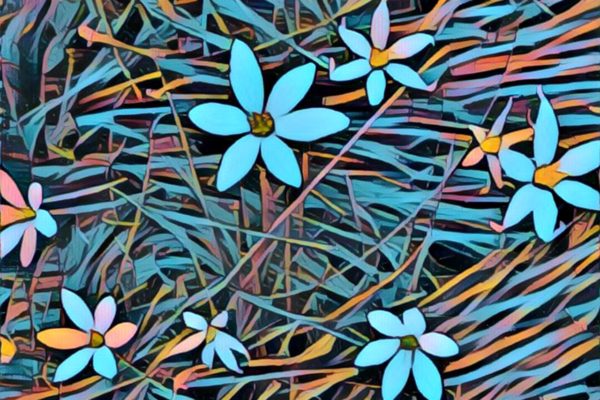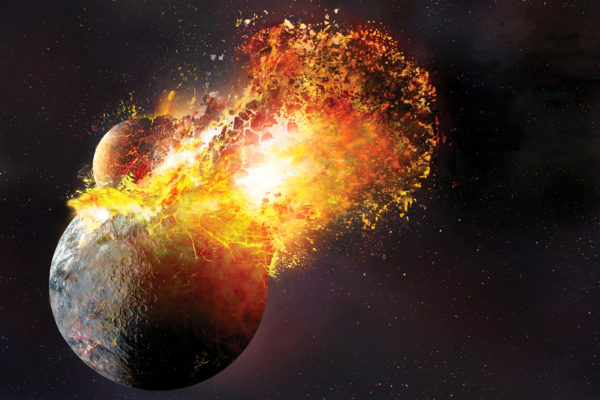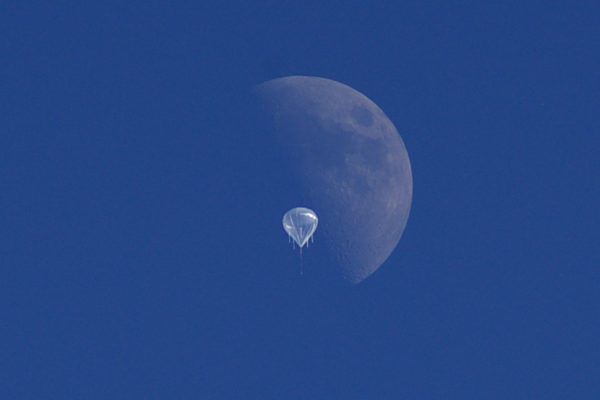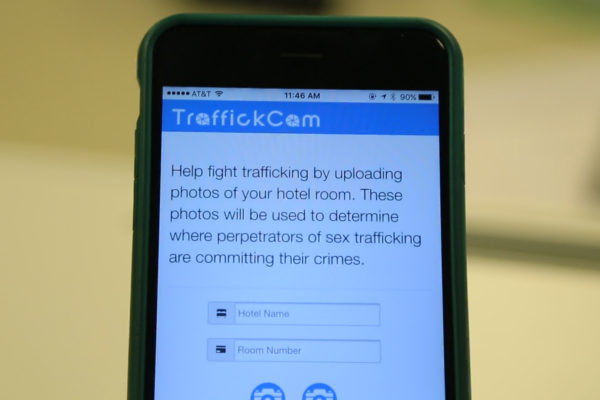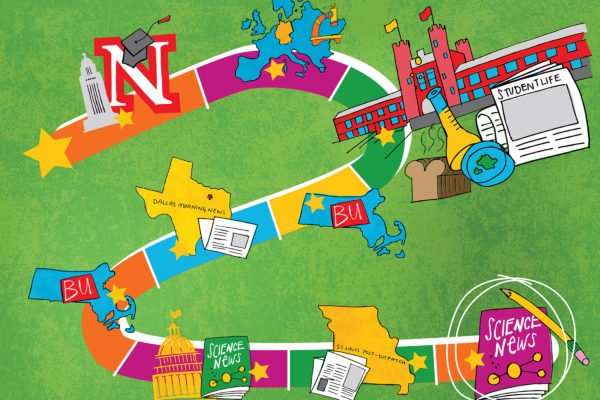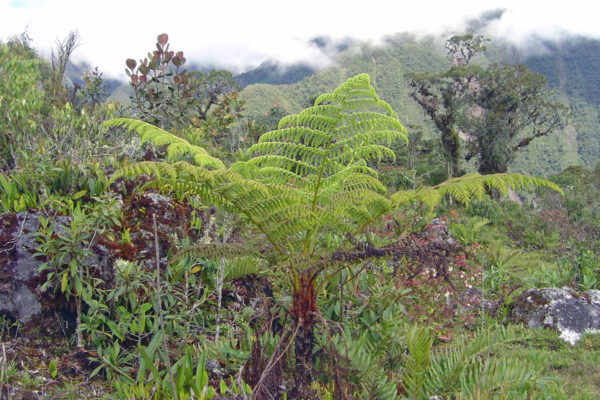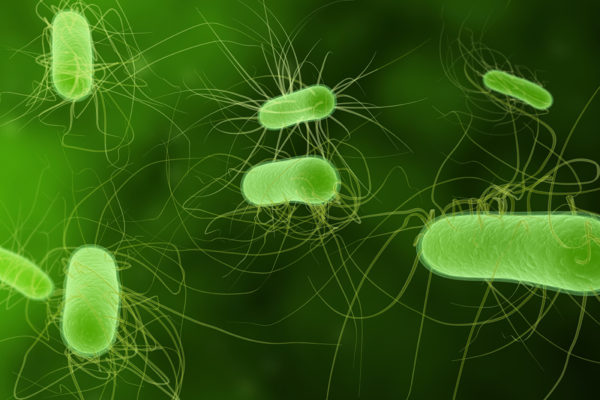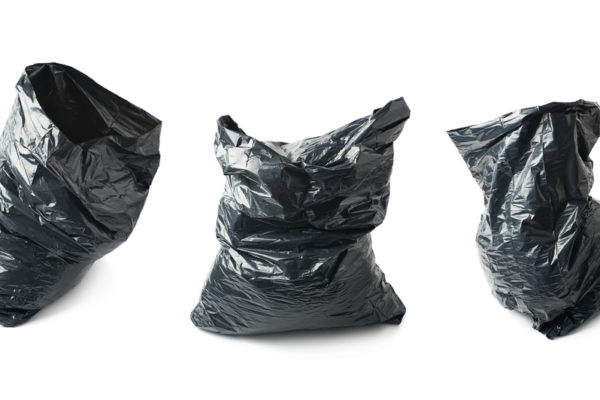Hidden green skills
What have plant scientists learned in the laboratory in the past three to five years that could be used to reduce inputs of water, chemical fertilizers and herbicides to agricultural fields?
Gluttonous cancer cells
A simple experiment, originally undertaken to test a new methodology, unexpectedly disproved the prevailing notion of cancer metabolism.
Planetary smackdown
The leading theory for the moon’s formation got in trouble recently when it was revealed that the moon and Earth are isotopic twins. Now highly precise measurements of the isotopes of an element that was still condensed at the “cut off” temperature when material started to fall back to Earth suggest a dramatic solution to the problem.
Checking out the cosmos
X-Calibur, a novel telescope that sees polarized X-rays rather than visible or infrared light, is preparing to launch from the Columbia Scientific Balloon Facility in Fort Sumner, N.M. The telescope’s scientific team is led by Henric Krawczynski, professor of physics in Arts & Sciences at Washington University in St. Louis.
Fighting crime at the intersection of science and social justice
Researchers from Washington University in St. Louis are using science and engineering to fight the heinous crime of sex trafficking. By targeting places where the crimes usually occur, the high-tech approach is as simple as snapping photos on your cellphone and uploading them to a database.
Putting down a pipette, picking up a pen
Moving beyond the bench, alumna Tina Hesman Saey turned a strong interest in science and a love of language into a new career: science writing.
Without plants, there is no life
Botanists have organized to try to stem the frightening loss of plant species across the globe. How well are they doing? They recently met in St. Louis to exchange stories from the botanical front lines.
Breaking the laws of science
Lan Yang, the Edwin H. & Florence G. Skinner Professor of Electrical and Systems Engineering in the School of Engineering & Applied Science, is the principal investigator of a four-year, $2 million grant from the National Science Foundation (NSF) in which she will oversee the takedown of two venerable physical laws: time-reversal symmetry and reciprocity.
Engineering a better biofuel
The often-maligned E. coli bacteria has powerhouse potential: in the lab, it has the ability to crank out fuels, pharmaceuticals and other useful products at a rapid rate. A team from the School of Engineering & Applied Science at Washington University in St. Louis has discovered a new way to remove a major stumbling block in the process, and boost biofuel production from E. coli.
Taking out the trash
Autophagy (self eating) has long been considered a kind of indiscriminate Pac Man-like process of waste disposal. Now, scientists at Washington University have shown that apart from conditions of cell starvation, it is carefully regulated: both in plants and yeast — and most likely in people. The finding is relevant to aggregation-prone pathologies such as Alzheimer’s and Parkinson’s diseases.
Older Stories
